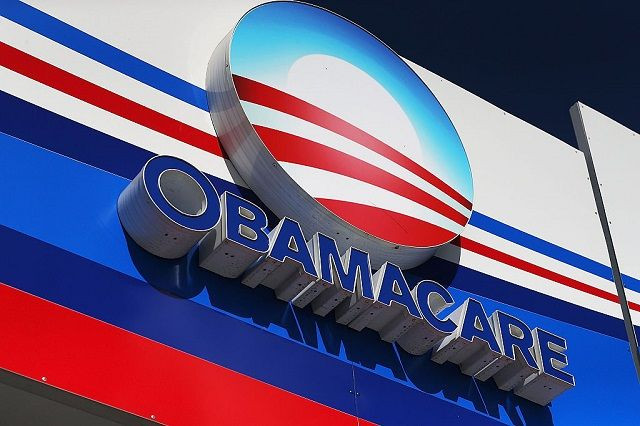Trump’s New Health Care Plan: Yea Or Nay?

The Trump Administration and the Republican Party continue their campaign to gut the Affordable Care Act (ACA), more popularly called Obamacare, by issuing new guidelines aimed at weakening the individual mandate underpinning Obamacare.
On June 13, the Departments of Health and Human Services, Labor, and Treasury issued a new final rule to expand the use of health reimbursement arrangements (HRAs) by employers to fund premiums for their employees in the individual health insurance market.
The final rule reverses prior federal guidance that made use of the HRAs in order to protect Obamacare’s individual mandate. The Trump administration’s new rule allows HRAs to be used to fund both premiums and out-of-pocket costs associated with individual health insurance coverage. The rule will take effect on Jan. 1, 2020.
Four Democratic state attorneys general, including California's Xavier Becerra, have filed a comment against the HRA, arguing in a letter the HRA policy is at odds with Obamacare and might cause premiums to rise. They suggested a lawsuit against the HRA could be forthcoming.
The impact of the HRA rule on employees and individual market consumers will significantly depend on what employers do next. The Trump administration is trying to make HRA an attractive option to employers, especially small businesses.
The HRA rule is the third leg of what can be considered Trump’s version of Obamacare. The other two legs are a rule on short-term coverage and a rule on association health plans. Taken together, all three rules of Trumpcare “increase the usability of HRAs, to expand employers’ ability to offer HRAs to their employees, and to allow HRAs to be used in conjunction with nongroup coverage.”
An HRA is a type of account-based group health plan that allows employers to fund medical care expenses for their employees on a pre-tax basis. It must be funded solely by employer contributions and can only be used to reimburse an employee for the medical care expenses (as defined by the IRS) of the employee, dependents, or children up to age 27 up to a maximum dollar amount.
Any unused portion of the HRA in one year may be carried forward to subsequent years. If some rules are followed, neither employer contributions nor employee reimbursements from an HRA are subject to income or employment taxes under federal law.
HRAs aren’t specifically mentioned in the ACA. They also weren’t formally recognized in the tax code before 2016 but were created by IRS guidance.
HRAs qualify for pre-tax treatment because they’re considered group health plans. As group health plans, HRAs have historically not been able to be used to pay premiums for coverage in the individual market. Trumpcare changes this.
HRA contributions can only be sheltered from taxation if coupled with an ACA-compliant group health plan (not an individual policy).
A huge concern about the expanded use of HRAs is employers will try to incentivize employees with health conditions to accept the HRA and move away from a group health plan and into the individual market. Some employers might favor dumping high-risk employees into the individual market through an HRA in order to slash their own group health plan costs.
If employers can do this, it might have significant consequences for the individual market risk pool. This will result in worse overall risk profiles and lead to higher premiums, higher federal outlays for premium tax credits and a higher uninsured rate.
Some healthcare policy experts still expect a negative effect on the individual markets set up by the ACA because of the HRA.



























